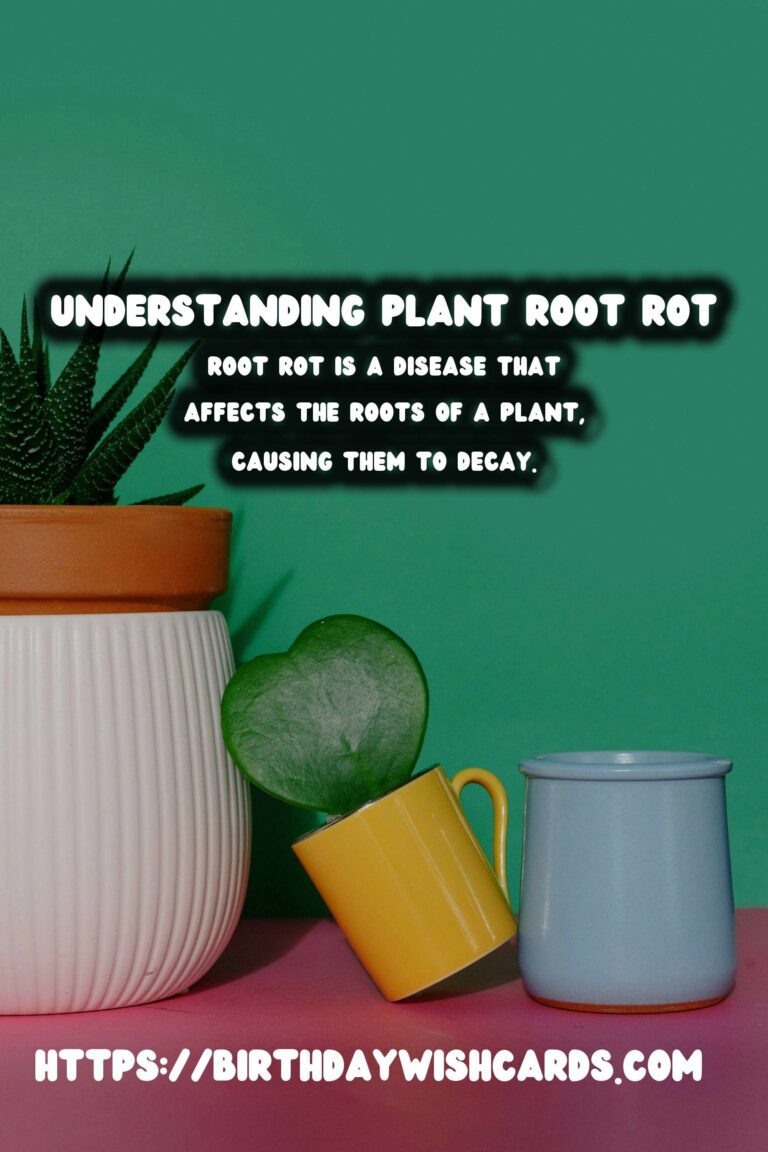
Plant root rot is a common issue faced by gardeners and plant enthusiasts alike. It can be devastating to see your beloved plants wither away due to this condition. However, with proper knowledge and timely intervention, you can salvage your plants and prevent future occurrences.
What is Root Rot?
Root rot is a disease that affects the roots of a plant, causing them to decay. It is primarily caused by overwatering and poor drainage, which lead to a lack of oxygen in the soil. Without sufficient oxygen, the roots begin to die, making them susceptible to fungal infections.
Causes of Root Rot
The main cause of root rot is prolonged exposure to overly wet conditions. This can happen due to:
- Overwatering: Providing more water than the plant needs.
- Poor drainage: Soil that doesn’t allow excess water to escape.
- Compacted soil: Soil that is too dense can restrict water movement.
- Improper pot size: Using a pot that is too large for the plant.
Signs of Root Rot
Identifying root rot early can save your plant. Look for the following signs:
- Yellowing leaves that are wilting.
- Stunted growth and reduced vigor.
- Mushy, brown, or black roots.
- A foul odor emanating from the soil.
How to Treat Root Rot
Once you’ve identified root rot, take the following steps to treat it:
Remove the Plant
Carefully remove the plant from its pot, taking care not to damage the healthy roots.
Trim Infected Roots
Using sterilized scissors, trim away all the mushy, discolored roots.
Repot in Fresh Soil
Place the plant in a clean pot with well-draining soil. Ensure the pot has adequate drainage holes.
Water Sparingly
Water the plant only when the top inch of soil feels dry to the touch.
Improve Drainage
Consider adding perlite or sand to the soil to enhance drainage. Alternatively, use a potting mix designed for plants prone to root rot.
Preventing Root Rot
Prevention is key when it comes to root rot. Follow these tips to keep your plants healthy:
- Ensure pots have sufficient drainage holes.
- Use well-draining potting soil.
- Allow the soil to dry between waterings.
- Avoid using pots that are too large.
- Regularly inspect plants for signs of overwatering.
Conclusion
Root rot can be a challenging issue, but with proper care and attention, you can salvage affected plants and prevent future occurrences. By understanding the causes and signs of root rot, you can take the necessary steps to ensure your plants remain healthy and vibrant.
Root rot is a disease that affects the roots of a plant, causing them to decay. The main cause of root rot is prolonged exposure to overly wet conditions. Identifying root rot early can save your plant. Once you’ve identified root rot, take steps such as removing the plant and trimming infected roots. Prevention is key when it comes to root rot. 
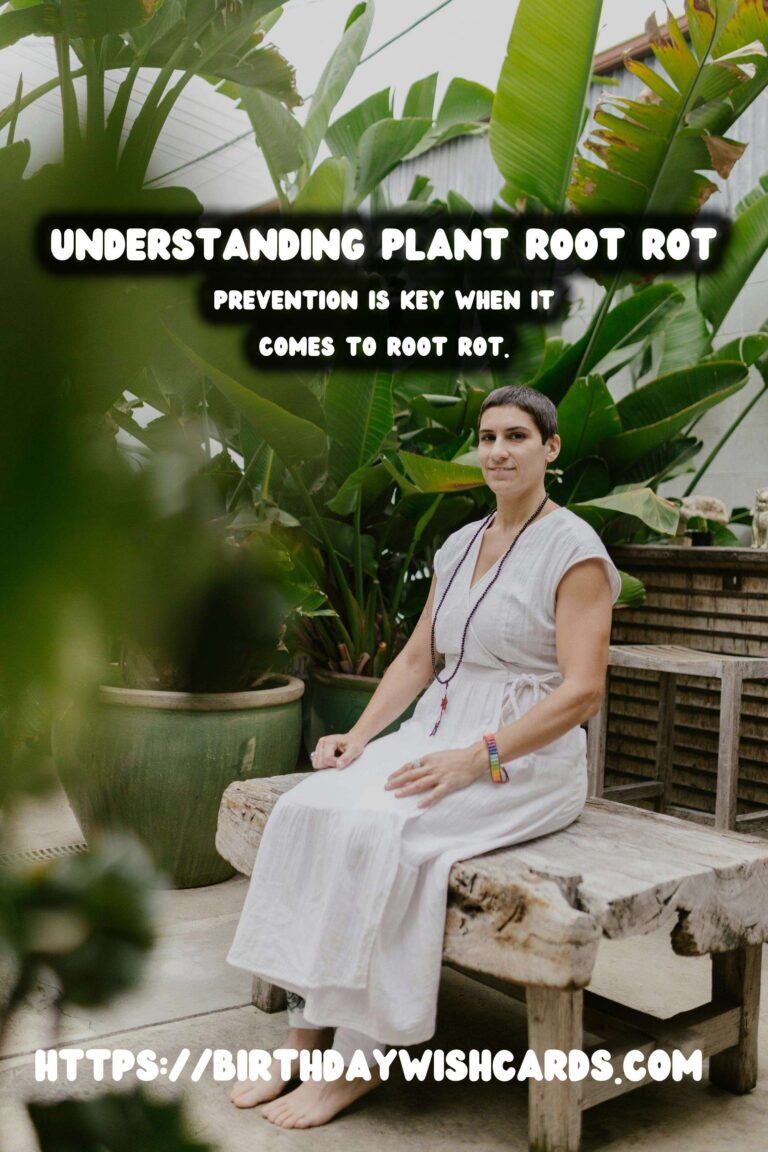
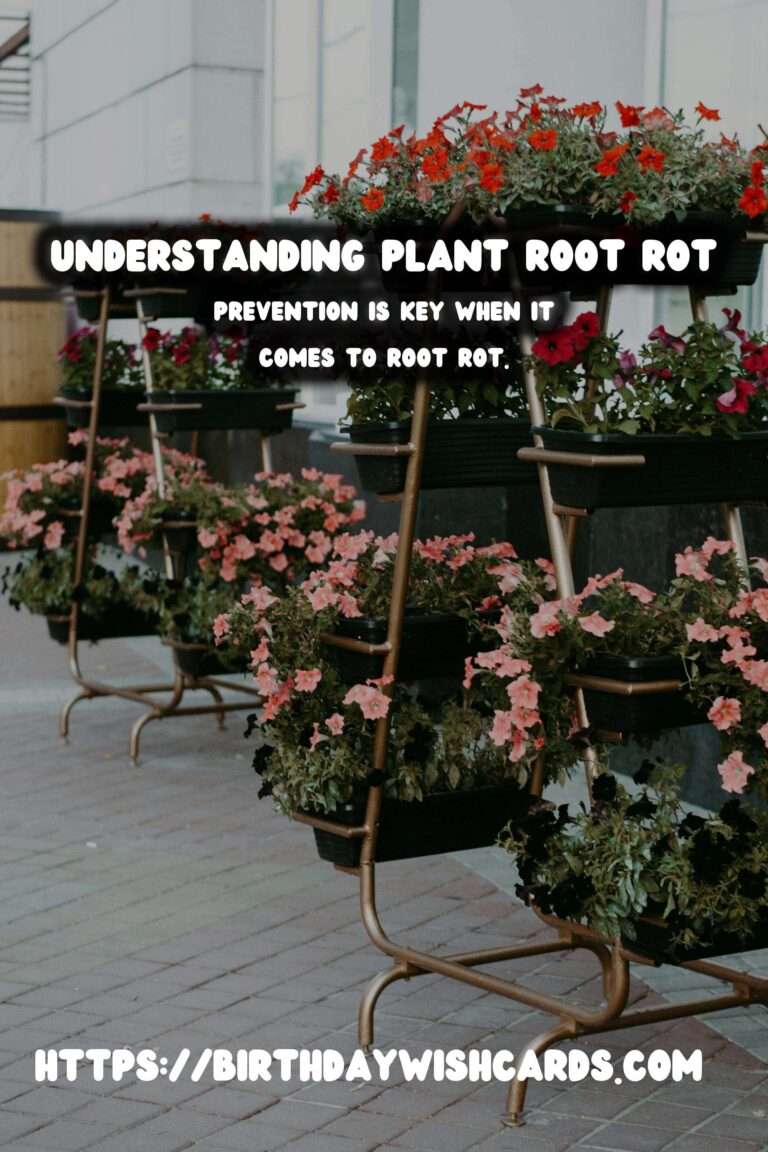
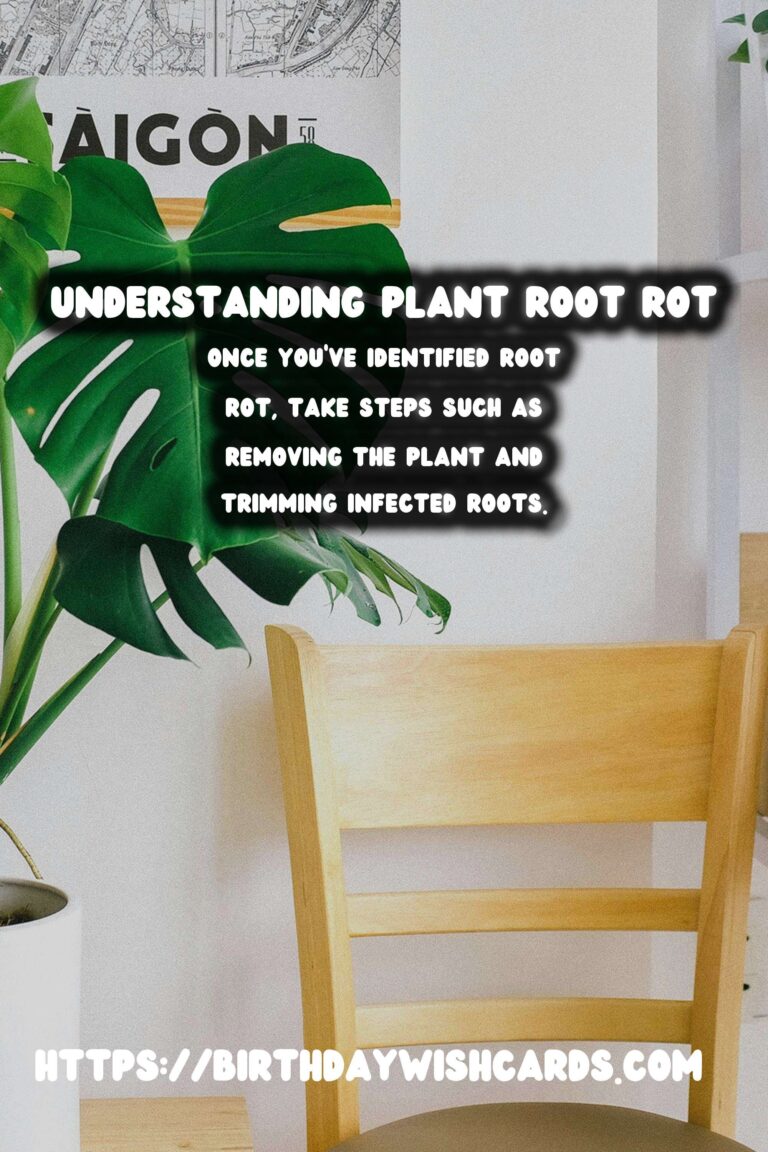
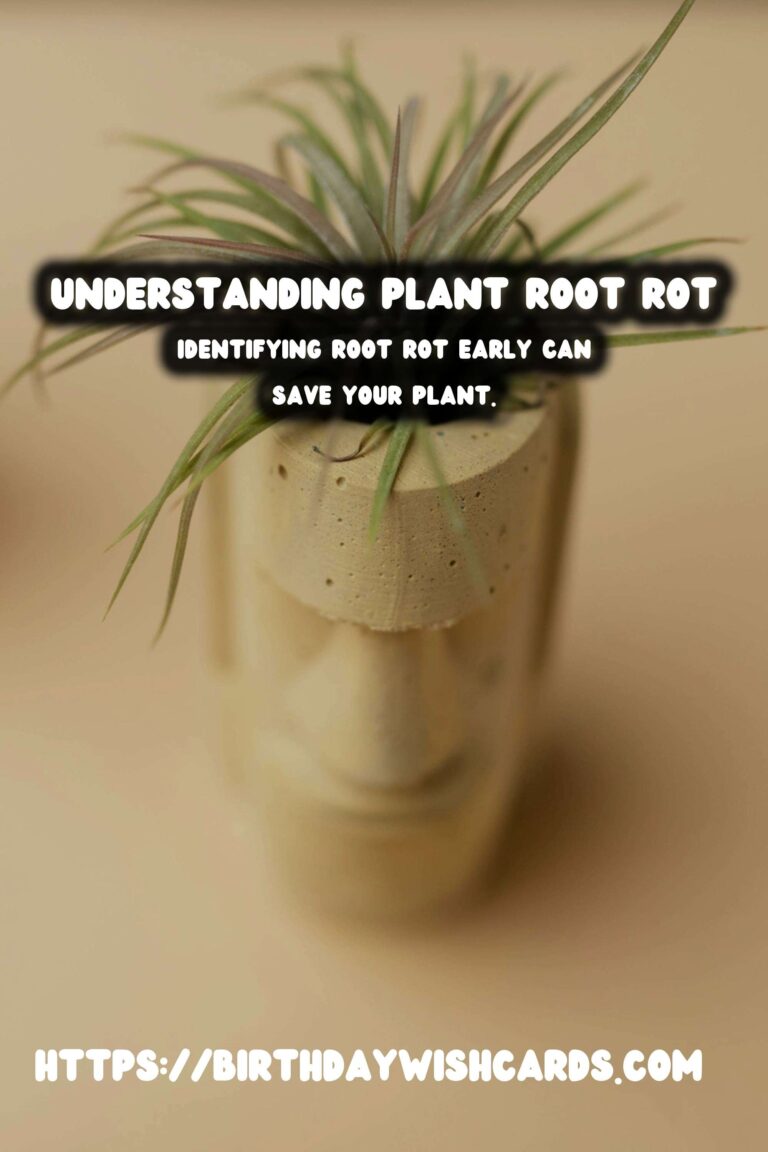
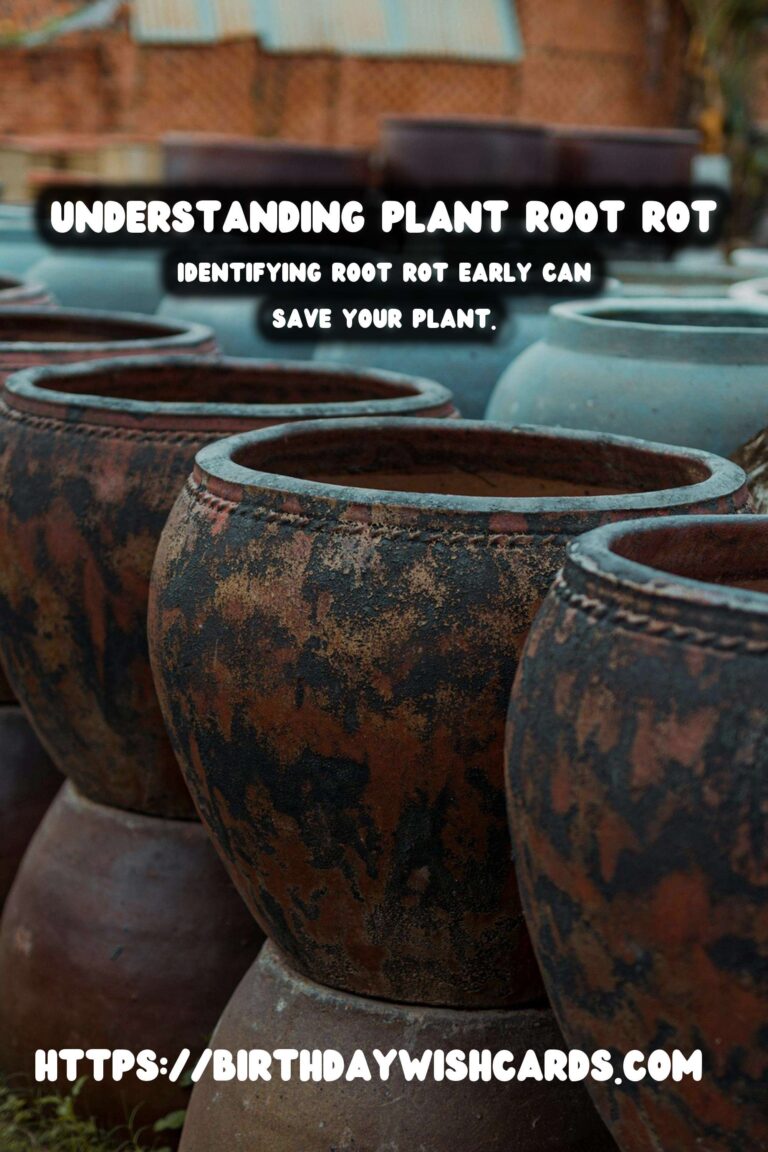
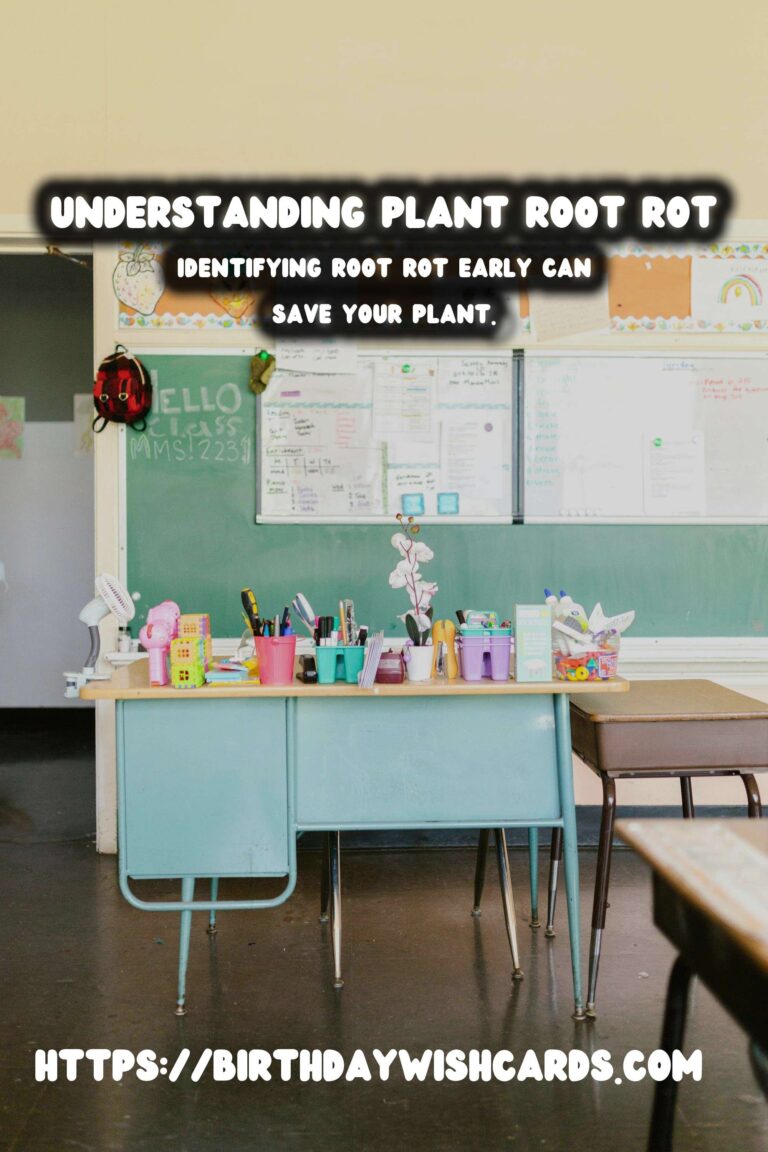
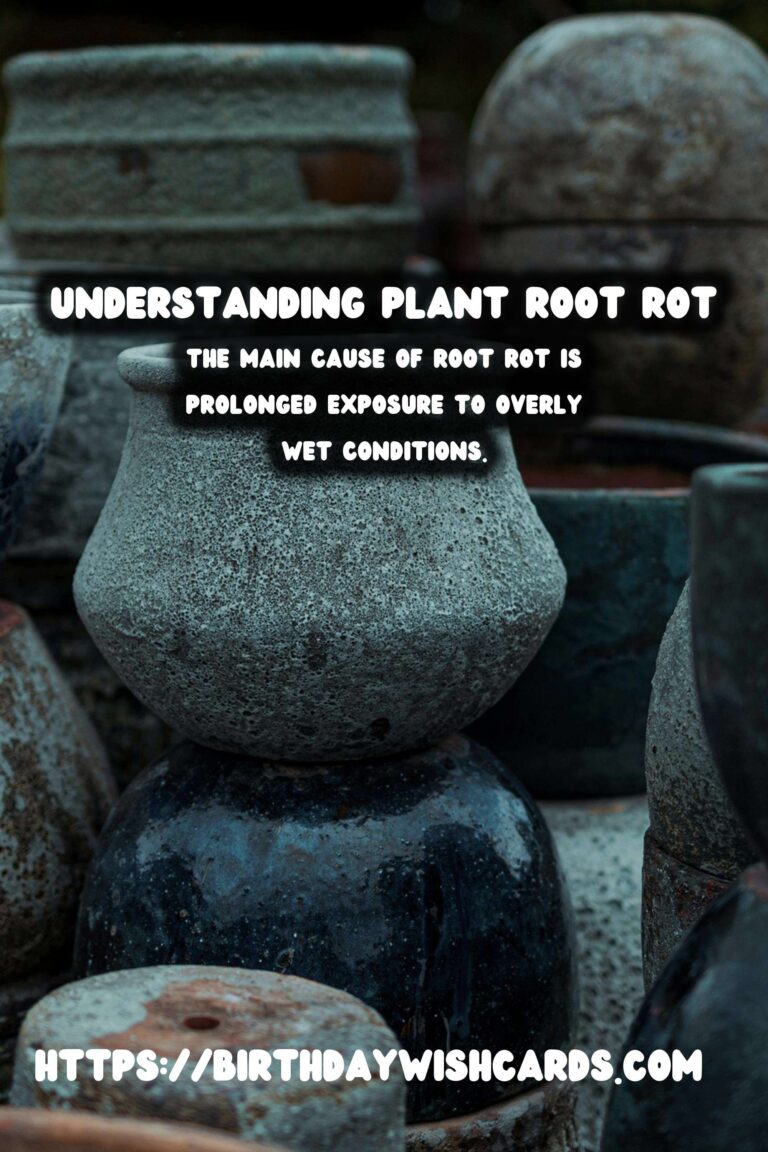
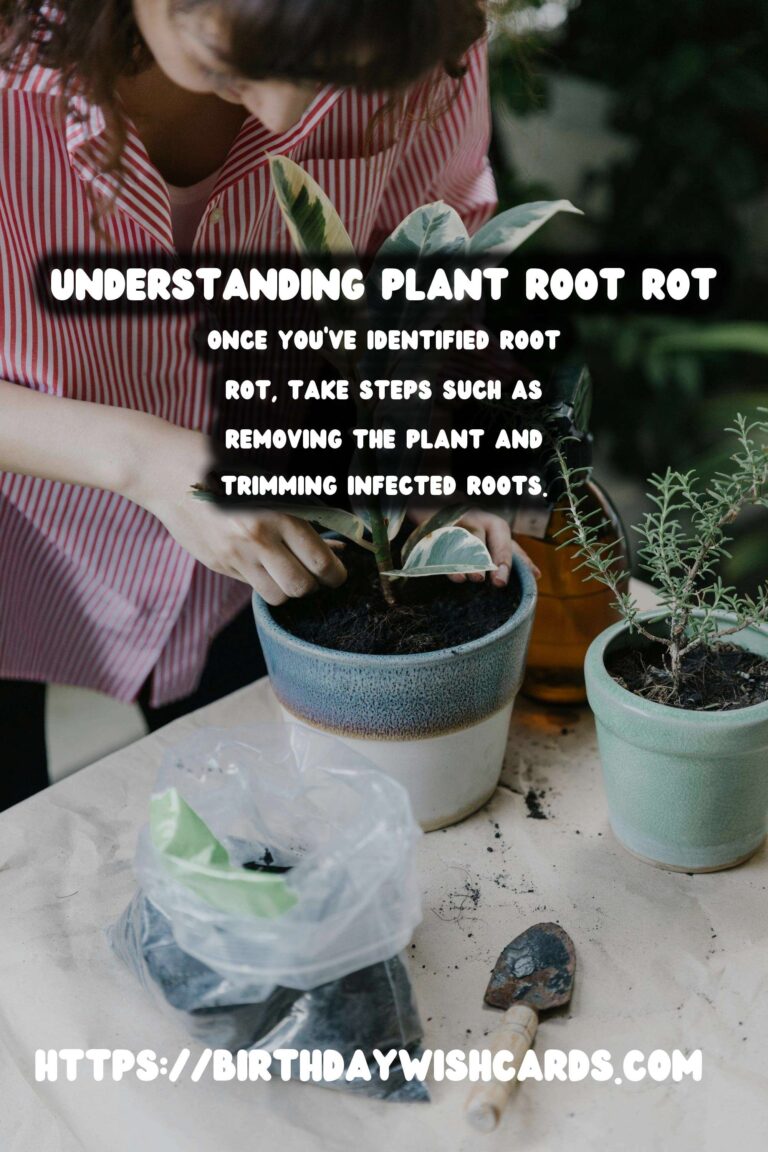
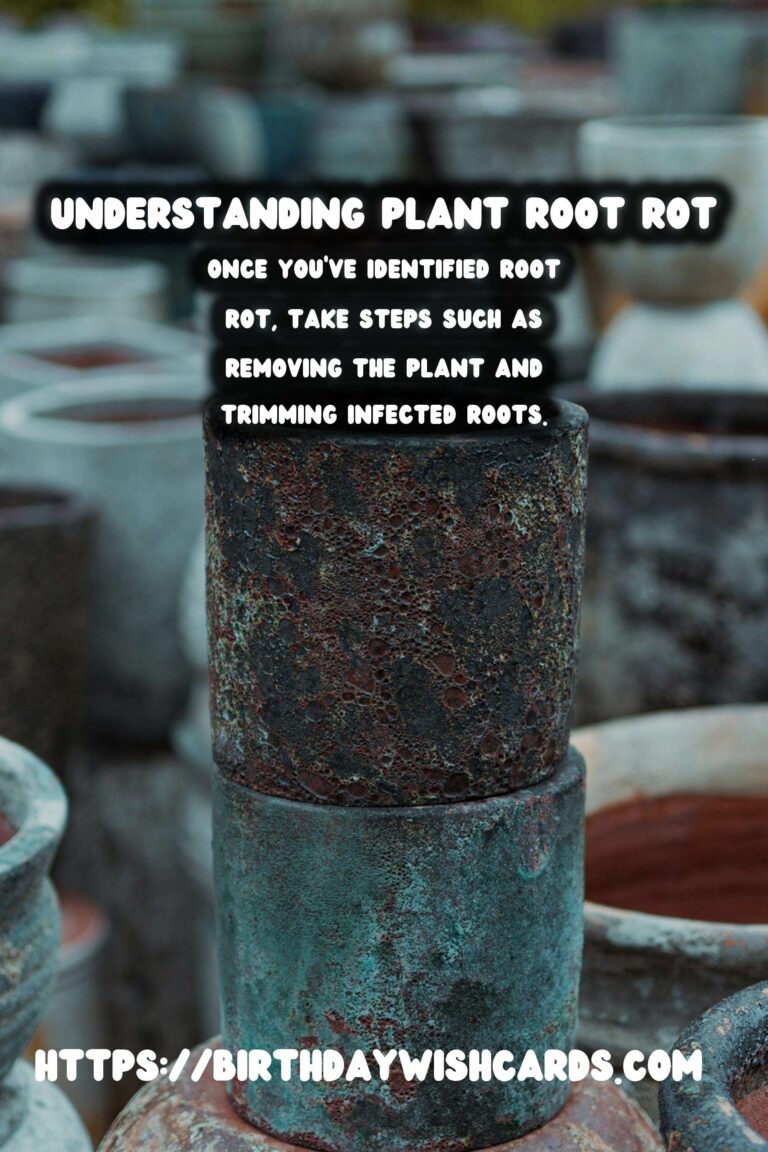
#PlantCare #RootRot #GardeningTips #PlantHealth #Gardening




